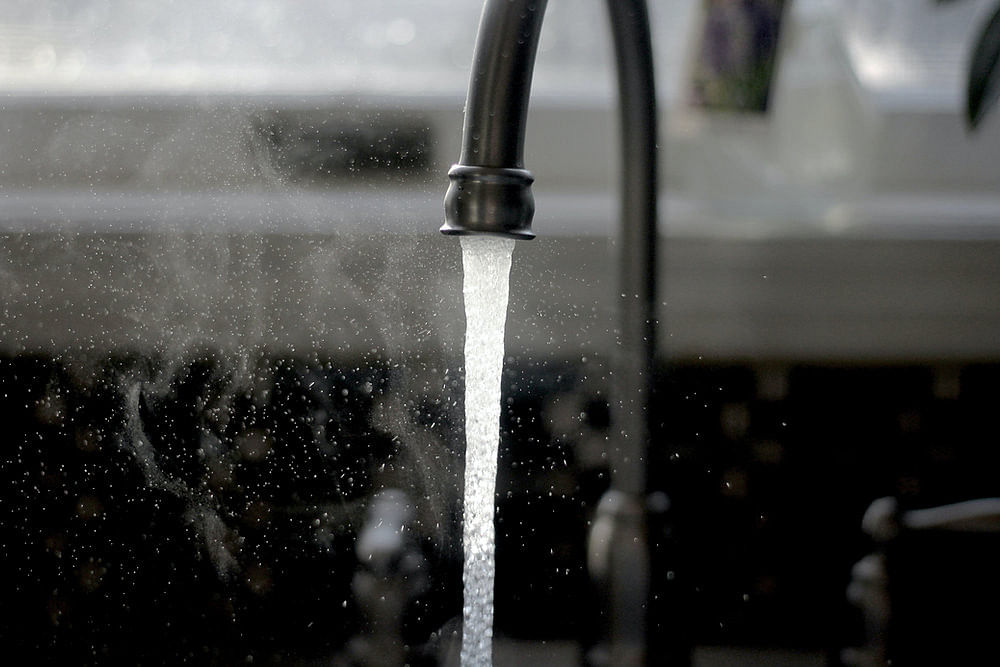Jun 29th, 2021
PFAS: The "Forever Chemicals" Invading Daily Life

By: Jennifer F. Novak
What Is Environmental Justice?
To the unfamiliar ear, the term “environmental justice” may sound like legalese having something to do with the environment and some legal consequence of damage done. The true definition of environmental justice is much more human and civil rights centered. Environmental justice is the impartial treatment and consequential involvement of all people regardless of race, color, national origin, or income, as it relates to the development, implementation, and enforcement of environmental laws, regulations, and policies. The term environmental justice exists because of our country's history of environmental racism, where policymaking was designed to disrupt and disproportionately target communities of color, including failure to properly enforce safe drinking water standards. These disparate actions are well-documented but have rarely been discussed in the mainstream.
What is Environmental Justice as it Relates to Water?
The Safe Water Drinking Act was passed in 1974 to ensure equal access to safe water for public consumption. Unfortunately, the law has not lived up to its promise for everyone, primarily due to the lack of equal enforcement across different communities.
In a country with more than 49,000 community drinking water systems, almost 130 million people are subject to water that violates a drinking water standard, such as contaminated water, or face even a complete lack of access to water.
There are three main types of violations. Health-based violations are those we hear about most often on the news – something is in the water that is making the community sick. Monitoring and reporting violations happen when the water system operators fail to monitor or submit those results to the proper authorities. The third type is failing to notify the public about a problem with the drinking water. Notably, social inequity and lack of investment worsens these violations in communities of color. In fact, race, ethnicity, and language have a demonstrated link to severe violations and unsuccessful enforcement of the Safe Drinking Water Act.
While some people facing this crisis may live in larger cities (think Flint, Michigan, Charleston, West Virginia or Newark, New Jersey) most are in communities of fewer than 3,300 people and are served by small water systems. These smaller areas are found from California to Puerto Rico and from Texas to Pennsylvania and are where more than 80 percent of where all violations occur.
Contaminated water can result from surrounding agriculture, aging infrastructure, chemical discharges, or poor removal of contaminants. A community's drinking water ends up with elevated levels of arsenic or lead, or, in the case of Flint, Michigan, lead plus deadly bacteria that caused at least a dozen deaths. Of course, these conditions are linked to increased cases of cancer, diminished brain development, reduced kidney function, and gastrointestinal problems to name a few.
Who Suffers the Most and Why?
Chronic water contamination is most common in low-income communities of color. These communities often have history of segregation, racial discrimination, and lack of financial investment and the legacy of that discrimination can be found in the environment. Most of these areas are located where there was former industry, military facilities, or agriculture, making water contamination a long term issue for these residents.
The U.S. Environmental Protection Agency collected data from 2016 through 2019 showing that drinking water systems consistently in violation of the Safe Water Drinking Act were 40 percent more likely to be located in communities with people of color. It also took longer for these systems to reestablish compliance with the Act when violations were discovered.
Smaller communities struggling with access to safe, clean water create a challenge that isn't easily solved with the same strategies applied to larger cities and will need to be met head on with some thinking outside of the traditional water systems box.
What Can We Do?
Fixing the environmental injustice of access to clean water is not an easy task, particularly because there's no one source accumulating complete records on the extent of the problem. However, until we have a centralized regulatory system, we can start by strengthening the laws we do have and employing imagination and ingenuity to fill in the gaps.
Partnering with the private sector can not only foster competition, but also encourage innovation. Solutions here include the identification and funding of water infrastructure projects, such as smaller systems that serve a cluster of homes where individual systems are not practical, or employ more strategies for harvesting rainwater, reusing water and establishing community water kiosks.
On a national level, expanding federal funding for alternatives to traditional infrastructure can increase water service delivery and management programs. Of course, key to ensuring clean access to drinking water is preventing water contamination and shortages in the first place.
And on the local level, ensuring community members are on the water boards will encourage participation and fair and balanced access to clean water.
Our country has made amazing progress in science and technology over the past one hundred years. Access to clean drinking water is something that we are more than capable of achieving for all Americans if we only put in the effort and resourcefulness to make it happen.